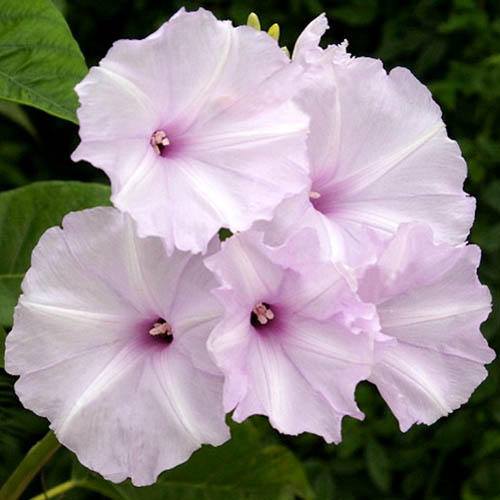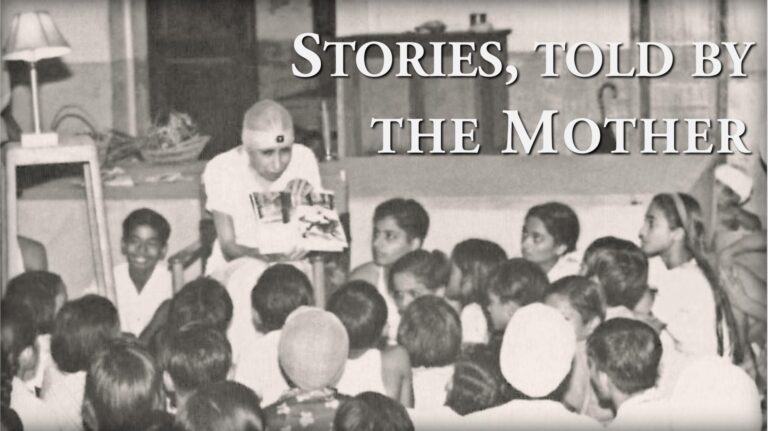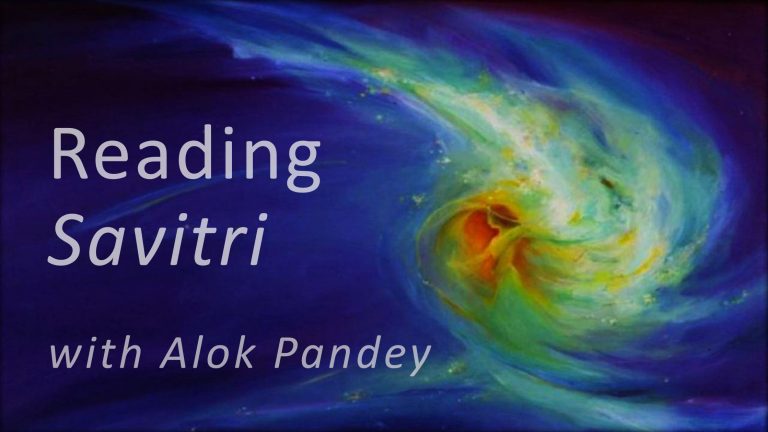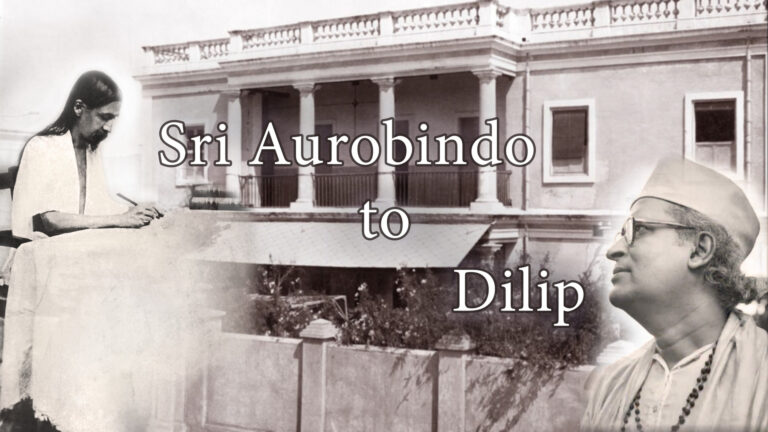An open reply to an inquiry about the nature of Sri Aurobindo’s work in seclusion
During his years of self-imposed seclusion in Pondicherry, Sri Aurobindo was engaged in tapasya whose results were to have far reaching consequences on humanity.
There was a personal side to his tapasya by which is meant his own journey of yoga and the experiences he encountered and the realisations that he had during this period. Some of these are documented in his ‘Records of Yoga’, a diary he maintained between 1909 to 1927, especially between 1912 to 1920. Some of these were passingly mentioned in some of his letters written during this period, mainly to illustrate a point; others find expression in his poems, especially the magnum opus ‘Savitri’.
Still, knowing his reticence and humility we may safely presume that there are many more and rarest of rare gems and jewels he had gathered which he did not share. Of these none can guess, rare hints here and there apart, as they far exceed the scope of our imagination.
What we can say safely is that much of what we know today as the gift of Supramental Yoga with its characteristic movement of Descent of the Higher states of consciousness and the consequent transformation of our human and earth nature was shaped during this period.
It is his own experiences and realisations in this direction that helped him shape his collective yoga for mankind. As part of these major experiences and realisations there were two major milestones.
The first was the coming of the Mother, first in 1914 and finally in 1920 to join in the yoga as his collaborator. This gave a new power to the yoga, dynamising it many ways, especially creating the possibility of generalizing it in mankind.
The second was the descent of Sri Krishna and the fusing of his personality with that of Sri Aurobindo thereby opening the way to the next and final step of the Supramental realization upon earth.
Besides this inner work, Sri Aurobindo was engaged in many other works during this period which had a larger public bearing. Some of these were:
- Spreading the New Idea of a terrestrial transformation, both its principle and practice through numerous pages of the monthly journal Arya. Many of these writings are now collected in a number of book forms and are priceless treasures for the future as they show the way to move ahead for earth and man while it goes through crisis of various kinds.
- It is impossible to touch upon the depth and scale and the magnitude of these writings which run in several volumes and continue to shed light and show the way out of the countless problems of existence that have vexed humanity. All that one can say is that he not only foresaw the coming of a new evolutionary being, the supramental being upon earth who would surpass man but gave his life to hasten its hour.
- Even while in seclusion he worked actively through his public writings as well as silent spiritual force for the independence of India and during the two great world wars, especially the Second one.
- He laid the ground, both psychological and spiritual in a little seed-plot of Pondicherry for the practice of Integral Yoga. Of course the yoga has now spread world-wide but the place of his tapasya, now known as the Sri Aurobindo ashram, continues to be a center from where the Supramental Light
 continues to radiate at its most intense.
continues to radiate at its most intense.
- There are a number of Letters written during this period which are unique in their style and substance shedding light upon almost each and every sphere of human life as seen from the yogic vision.
- Above all, he gifted Savitri to the world even as he withdrew behind the scenes. It can be best described as ‘a compendium of the Absolute’. It compresses within its nearly 721 pages with nearly 24000 lines not just the longest epic in the English language but easily the greatest in its breadth and scope.
Of course each of these facts need further elucidation but an interested reader can find enough material on this in various subsequent works written on these issues.
Here we have only very briefly touched upon this period of Sri Aurobindo’s life in a rather general way but one that would give us a brief outline of the kind of work he was engaged in while in Pondicherry.



